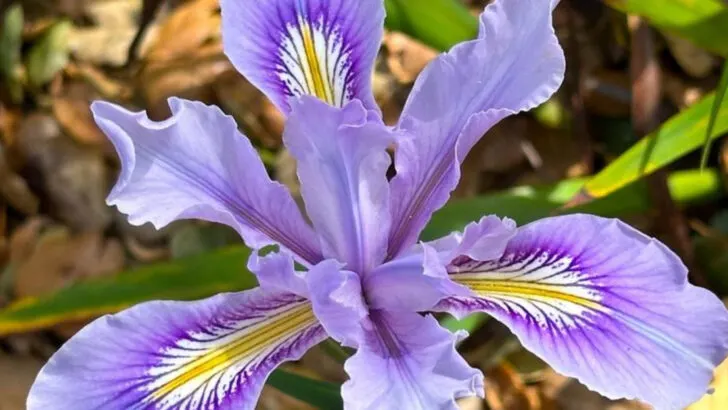Not all plants enjoy a downpour. While some thrive in moist, rain-heavy conditions, others quickly suffer from soggy roots, mildew, or outright rot. If your summer is shaping up to be wetter than usual, your plant choices can make or break your garden.
Luckily, there are many beautiful, easy-to-grow plants that actually love rainy weather. These varieties not only tolerate wet soil—they often perform better in it, bursting with blooms or lush growth when others wilt. Think lush ferns, vivid hydrangeas, and hardy herbs that treat frequent rain as a blessing.
But on the flip side, a few popular favorites just can’t handle that kind of humidity and moisture. In this list, you’ll find 15 plants that thrive in rainy summers, plus 5 that are better saved for drier days. Knowing the difference could mean the difference between a vibrant garden—and a soggy disappointment.
Hydrangea

A garden favorite, hydrangeas thrive in the damp. Their large, radiant blooms add drama to any landscape. Rain enhances these flowers, often intensifying their vibrant colors. With roots soaking up the moisture, they stand tall and proud, unaffected by soggy conditions. Despite their delicate appearance, hydrangeas are robust and can handle heavy rains. Known for their changing hues, hydrangeas offer a dynamic visual feast throughout the season. Whether planted in the ground or in pots, their need for moisture is consistently met with rainy weather.
Astilbe
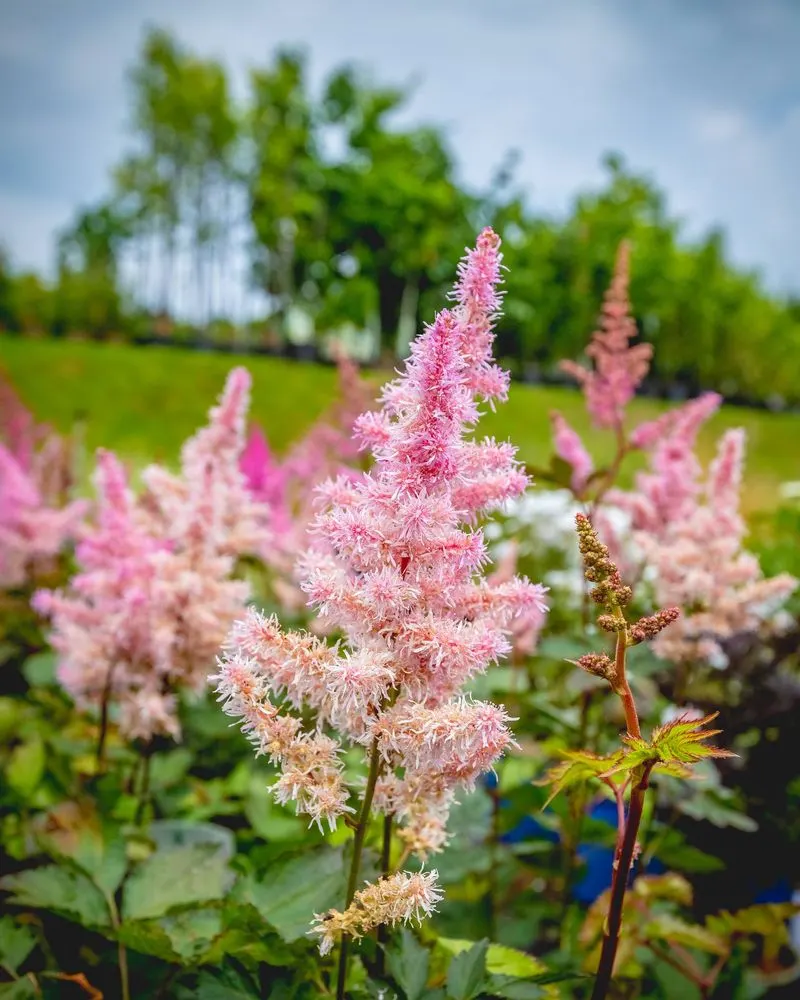
Astilbe brings a touch of elegance to any garden with its feathery plumes. These perennials are particularly fond of shade and moisture, making rainy summers ideal. The consistent rains keep their soil perfectly damp, ensuring lush growth. Whether in borders or containers, astilbe makes an excellent companion to other shade-loving plants. Originating from the woodlands of Asia, this plant appreciates the cool, misty conditions offered by a rainy summer. Its resilience against pests makes it a low-maintenance choice for gardeners.
Ferns
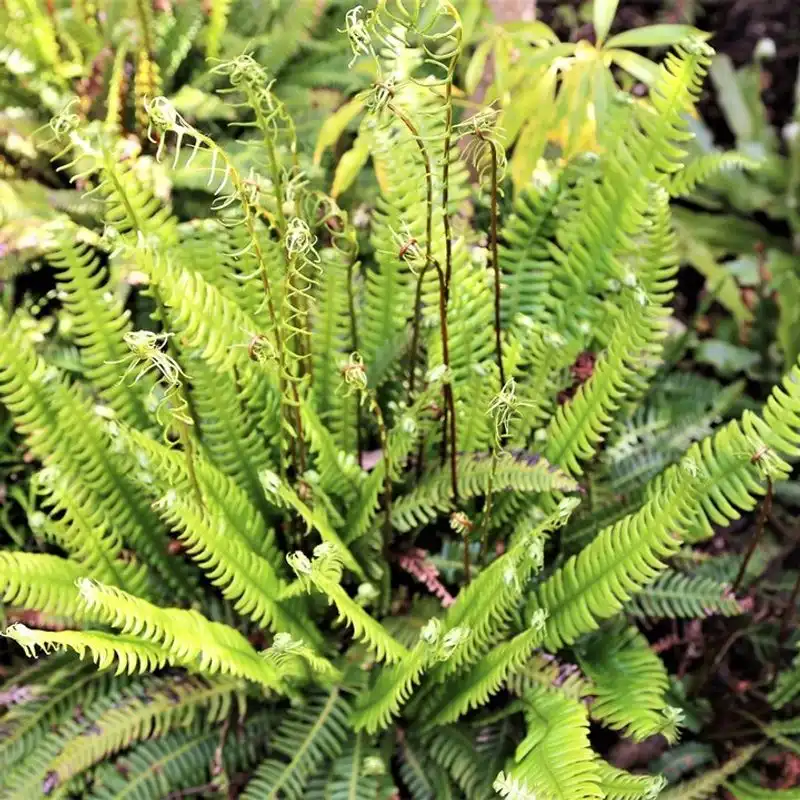
Known for their prehistoric lineage, ferns are nature’s ancient survivors. These plants love the damp, thriving where others may falter. Rainy summers recreate the moist, shaded environments they prefer. Every droplet helps unfurl their intricate fronds, showcasing a spectrum of greens. There’s something soothing about their presence, evoking tranquility. Ferns excel in shady corners and provide a lush backdrop to more colorful blooms. Their adaptability across various climates makes them a staple in diverse gardens.
Hostas
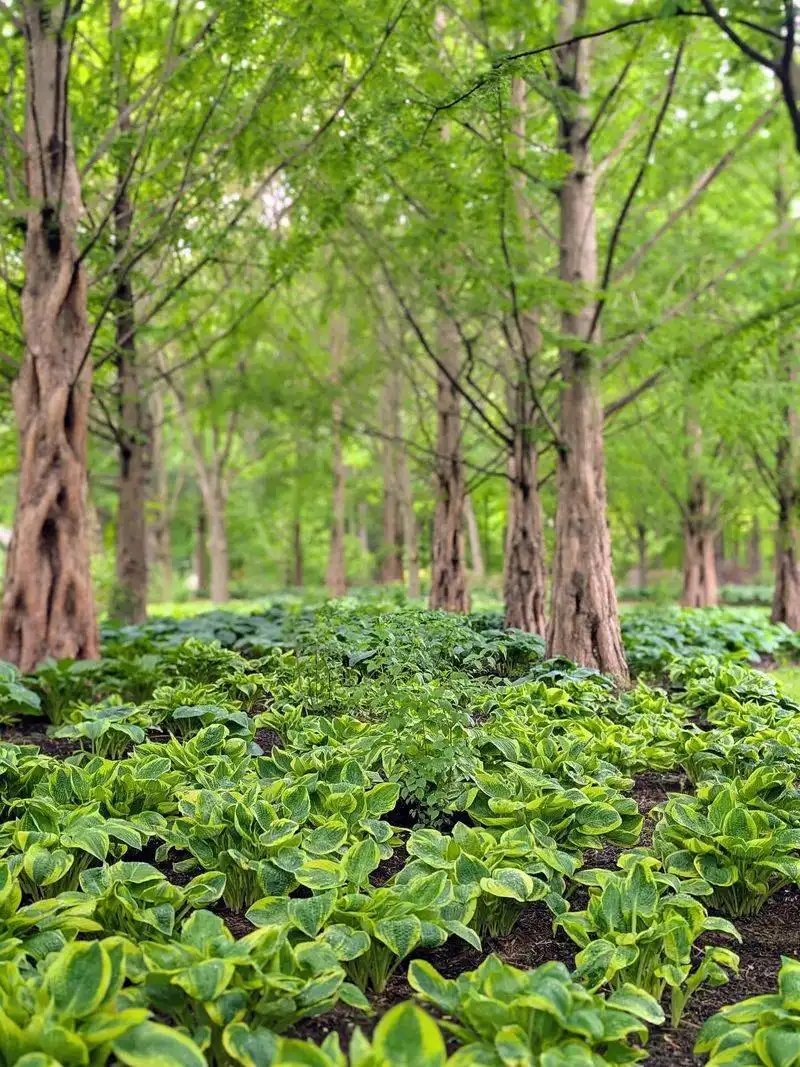
Hostas, renowned for their sculptural foliage, are stars in any shaded garden. Rainy summers bring out the best in them, as they soak up the moisture with ease. Their wide leaves capture rain, creating a shimmering display. Originating from the forests of Japan, hostas have adapted beautifully to wet conditions. They’re versatile, adding depth and texture to garden beds. When paired with flowering plants, they create a stunning contrast. Hostas are also deer-resistant, a bonus for many gardeners.
Iris
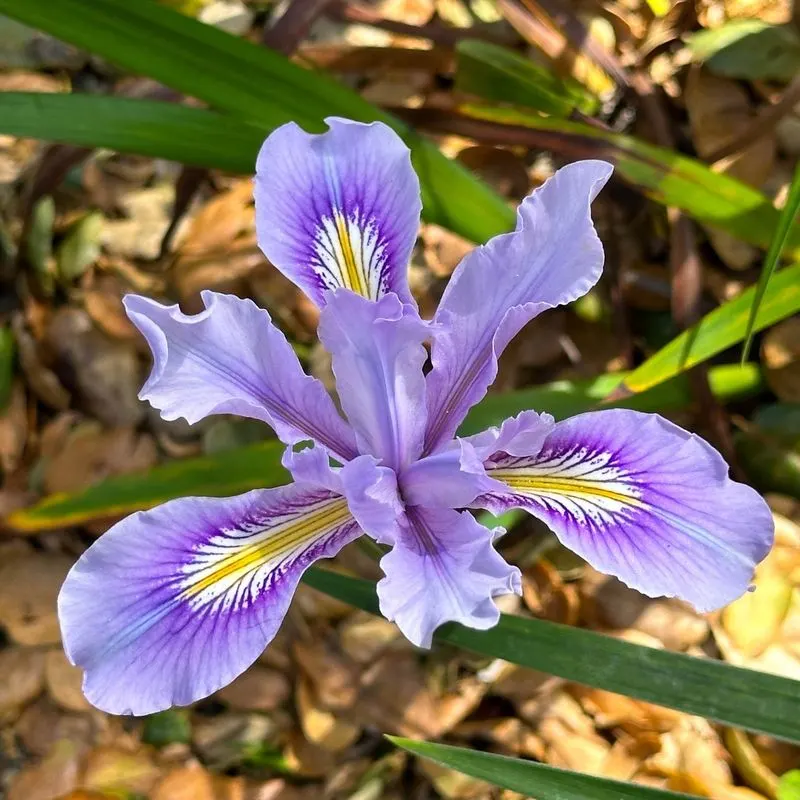
Irises, with their striking blooms, are resilient in the face of rain. These perennials thrive in both sun and partial shade, making them adaptable to various garden spots. Rainy summers are no hindrance; instead, they bolster the plant’s growth. The rain helps maintain soil moisture, crucial for their root development. With origins tracing back to North America and Asia, irises have a storied past. Their presence adds an artistic flair to gardens, reminiscent of watercolor paintings. Irises complement other flowering perennials beautifully.
Ligularia
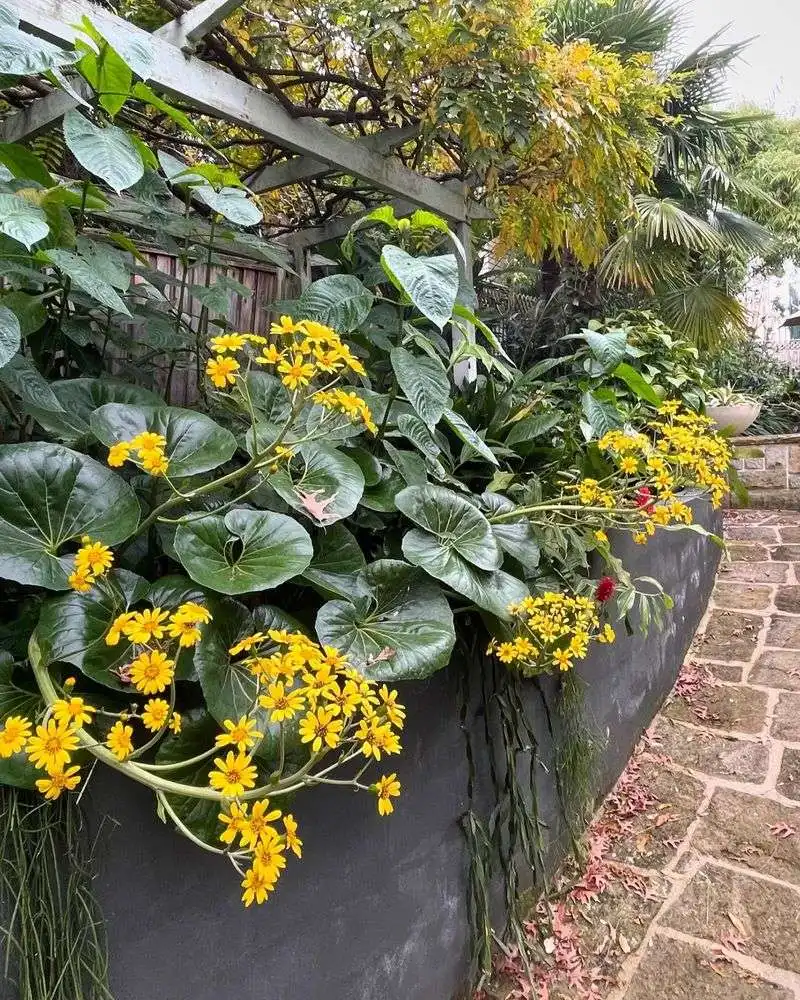
Ligularia shines in wet conditions with its bold foliage and vibrant flowers. These plants are well-suited for damp, shaded areas. Rainy summers provide the moisture they crave, ensuring robust growth. The striking contrast between their large green leaves and bright yellow blooms catches the eye. Ligularia’s preference for wet soils makes it an ideal candidate for waterlogged spots. Its dramatic appearance adds architectural interest to any garden setting. With a history rooted in Asia, these plants are as exotic as they are beautiful.
Japanese Maple

Japanese maples, with their intricate foliage, bring elegance to any landscape. These trees flourish in rainy summers, as the consistent moisture supports their delicate root systems. Known for their vibrant autumn colors, they offer beauty year-round. The rain highlights the delicate textures of their leaves, creating a picturesque scene. Originating from Japan, they are perfectly suited for gardens with similar climatic conditions. Their versatility allows them to fit into both traditional and modern garden designs. These trees are truly a gardener’s delight.
Lady’s Mantle

Lady’s mantle, with its soft, scalloped leaves, thrives in wet climates. This perennial is especially fond of rainy summers, where its leaves catch droplets, creating a jeweled appearance. The plant’s subtle beauty adds a gentle touch to borders and paths. Native to Europe, it’s well accustomed to variable weather. Lady’s mantle is a resilient choice for gardeners seeking a low-maintenance plant. It pairs beautifully with other perennials, enhancing the garden’s visual texture. Its charming nature makes it a beloved addition to many gardens.
Lobelia
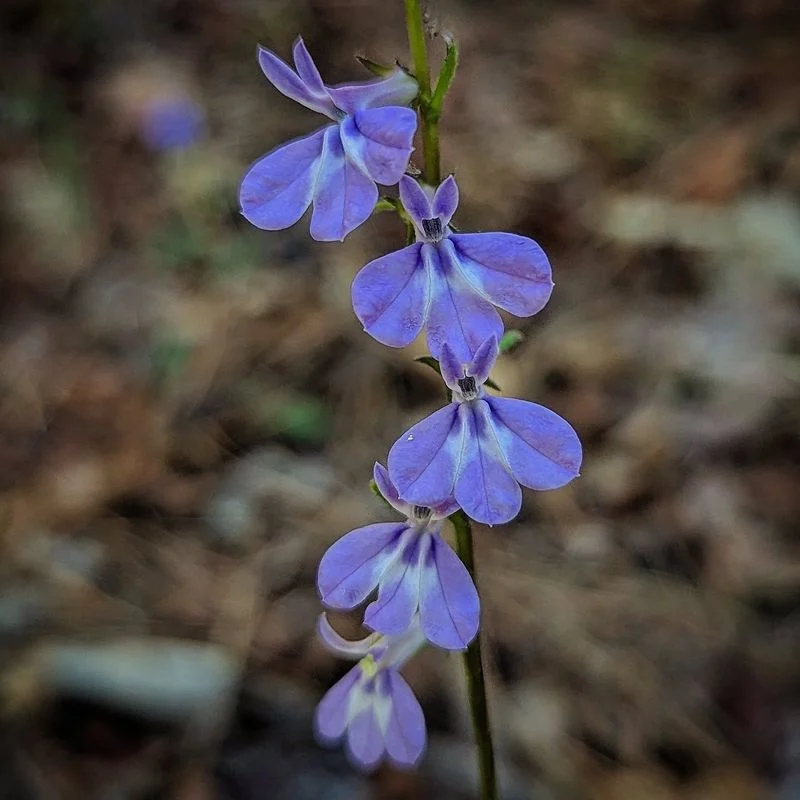
Lobelia, known for its vibrant blue blooms, is a garden favorite during wet seasons. This annual thrives in moist, well-drained soil, making rainy summers perfect for its growth. Its cascading flowers add a splash of color to pots and hanging baskets. Originating from South Africa, lobelia has adapted to various climates. While it prefers cooler temperatures, it manages well under rainy conditions. Lobelia’s bright blooms attract pollinators, enhancing garden biodiversity. It’s an excellent choice for gardeners looking to add a pop of color.
Primrose
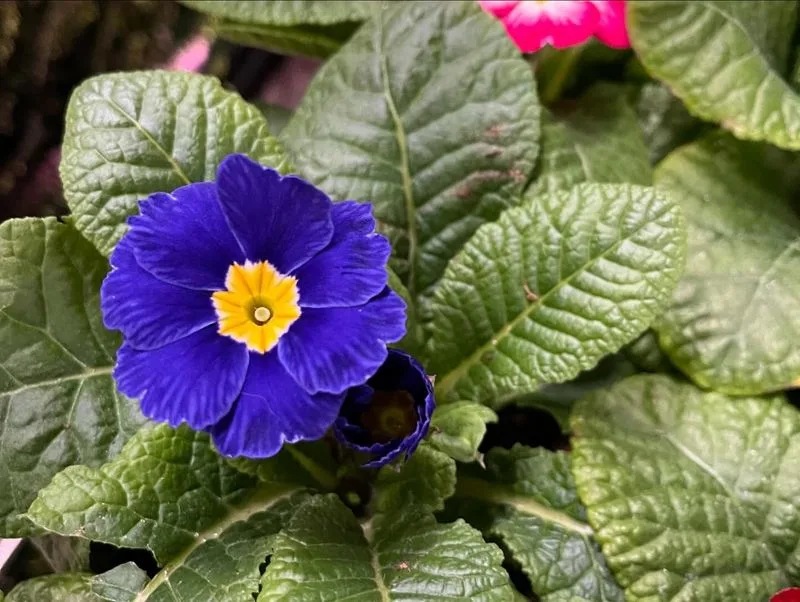
Primroses, with their cheerful blooms, brighten up any garden. These perennials thrive in rainy summers, enjoying the moist conditions. Their colorful flowers appear in early spring, marking the season’s change. Originating from Europe and Asia, primroses are hardy and adaptable. They prefer dappled shade and are perfect for woodland gardens. The rain enhances their growth, keeping the soil consistently damp. Primroses offer a welcoming burst of color, complementing other spring bloomers. Their enduring charm makes them a gardener’s staple.
Canna
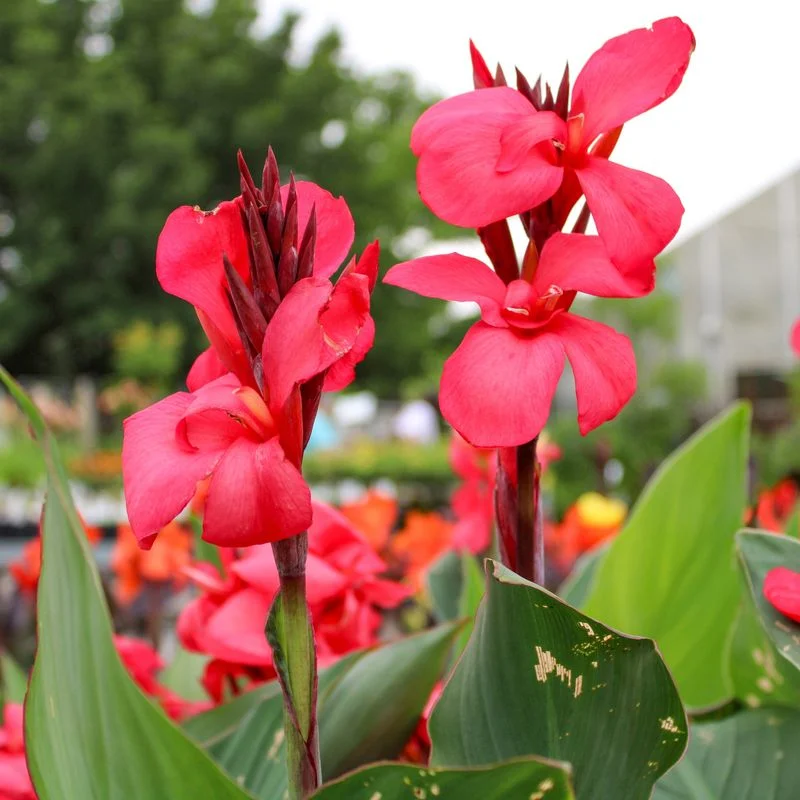
Cannas bring a tropical flair to gardens, thriving in wet conditions. Their bold, colorful flowers and lush foliage are a sight to behold. Rainy summers provide the moisture they need, ensuring vigorous growth. With origins in South America, cannas are well-suited to a variety of climates. They prefer sunny spots but can manage with partial shade. Their towering presence adds vertical interest to garden designs. Cannas are perfect for gardeners looking to make a statement. Their resilience makes them a reliable choice for vibrant landscapes.
Butterfly Bush
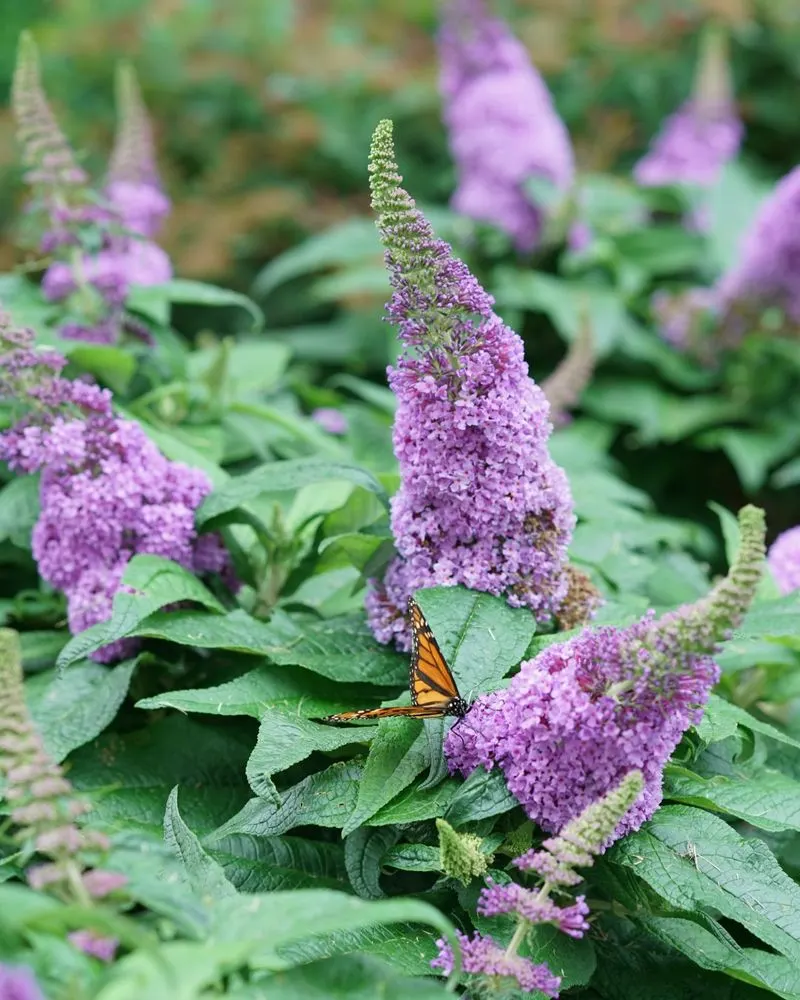
Butterfly bushes, with their fragrant spikes of flowers, are a magnet for pollinators. These shrubs thrive in rainy summers, as the moisture supports their robust growth. Originating from Asia, they are well adapted to varied conditions. The rain enhances their blooms, making them even more attractive to butterflies. Butterfly bushes add color and fragrance to gardens, with flowers ranging from purple to white. They’re hardy and easy to care for, a favorite among gardeners. Their ability to attract wildlife adds life to any garden setting.
Russian Sage
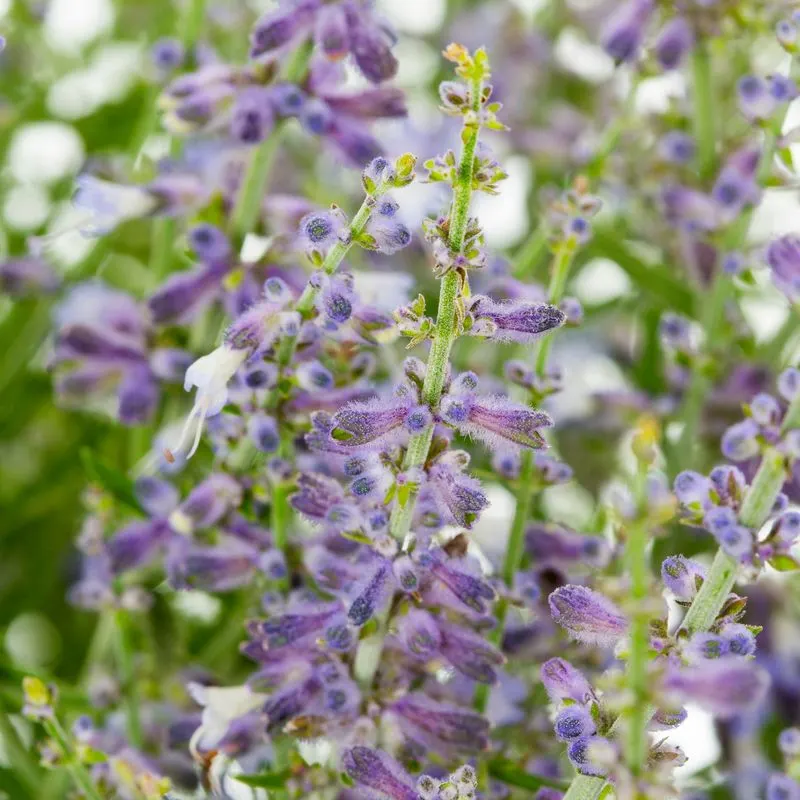
Russian sage, with its aromatic foliage and delicate blooms, is a garden standout. This perennial thrives in sunny, well-drained spots but manages well in rain-soaked areas too. The plant’s resilience makes it suitable for various climates, including rainy summers. Its silvery leaves and purple flowers create a striking contrast, adding visual interest. Originating from Central Asia, Russian sage is drought-tolerant once established. It’s a great choice for adding texture and color to borders and beds. The plant attracts pollinators, benefiting garden ecosystems.
Elephant Ears
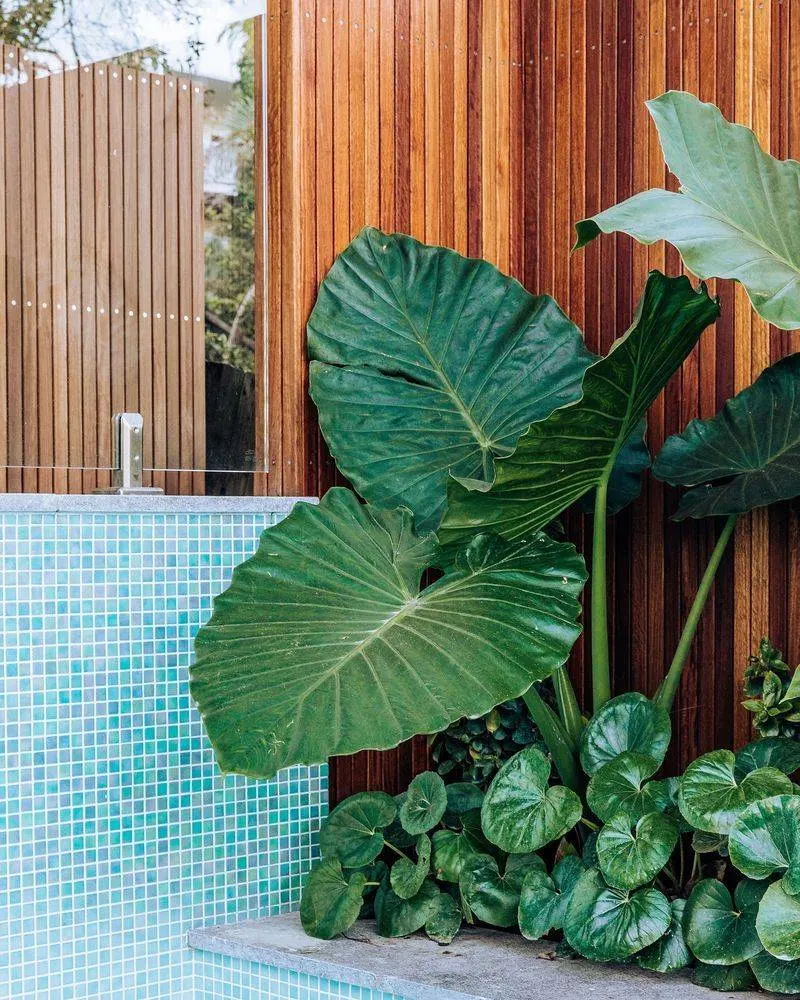
Elephant ears, known for their dramatic foliage, thrive in moist environments. Rainy summers suit them perfectly, as their large leaves capture and channel rainwater to their roots. Originating from tropical regions, these plants prefer warm, wet climates. They add an exotic touch to gardens, creating a bold statement. Elephant ears are versatile, fitting well in containers or garden beds. Their lush greenery offers a tropical vibe, transforming outdoor spaces. These plants can grow impressively large, making them a focal point in any planting scheme.
Daylilies
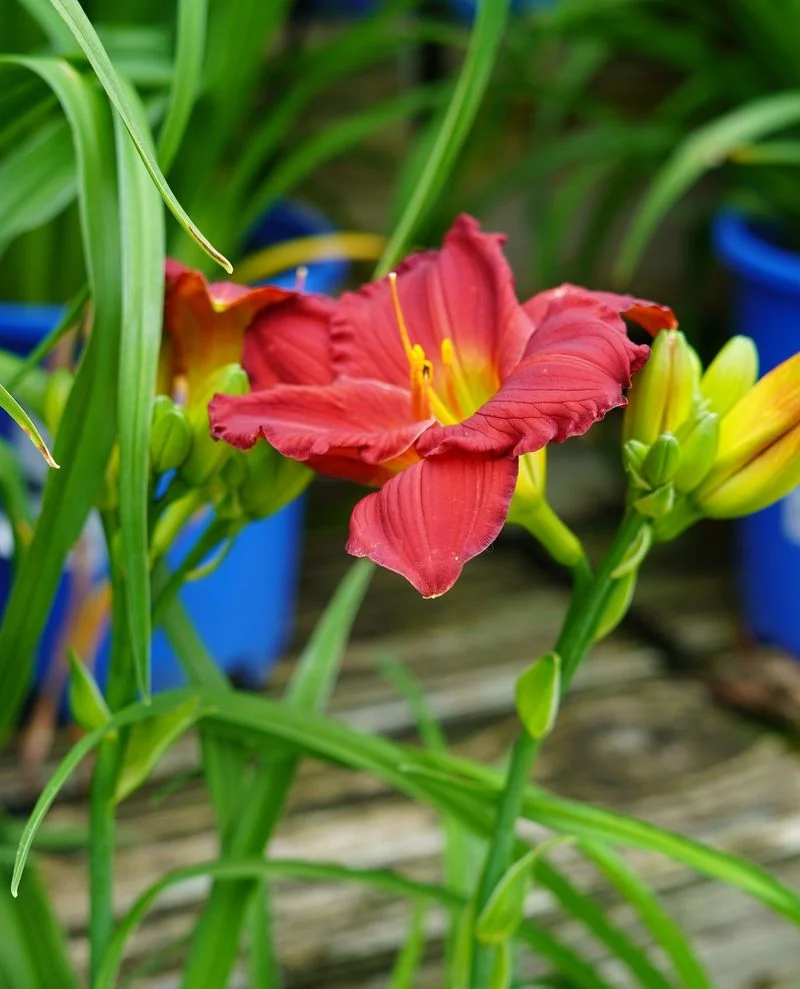
Daylilies, with their vibrant blooms, are a garden favorite. They thrive in rainy summers, as the moisture supports their rapid growth. Daylilies are incredibly resilient, able to adapt to various climates. Their flowers open with the sun, offering a daily burst of color. Originating from Asia, these perennials are low-maintenance and easy to care for. The rain helps maintain their vigor, ensuring a stunning display. Daylilies are perfect for borders, adding a splash of color and texture. Their enduring appeal makes them a garden staple.
Lavender (Doesn’t thrive in rain)

Lavender, with its fragrant purple blooms, struggles in overly wet conditions. Rainy summers can be challenging, as they prefer dry, well-drained soil. Excess moisture often leads to root rot, affecting the plant’s health. Originating from the Mediterranean, lavender thrives best in sunny, arid climates. Despite its resilience in drought-like conditions, consistent rain weakens its structure. Gardeners in rainy regions need to ensure proper drainage to maintain lavender’s health. Raised beds or pots can help mitigate excessive moisture, safeguarding these fragrant favorites.
Succulents (Don’t thrive in rain)
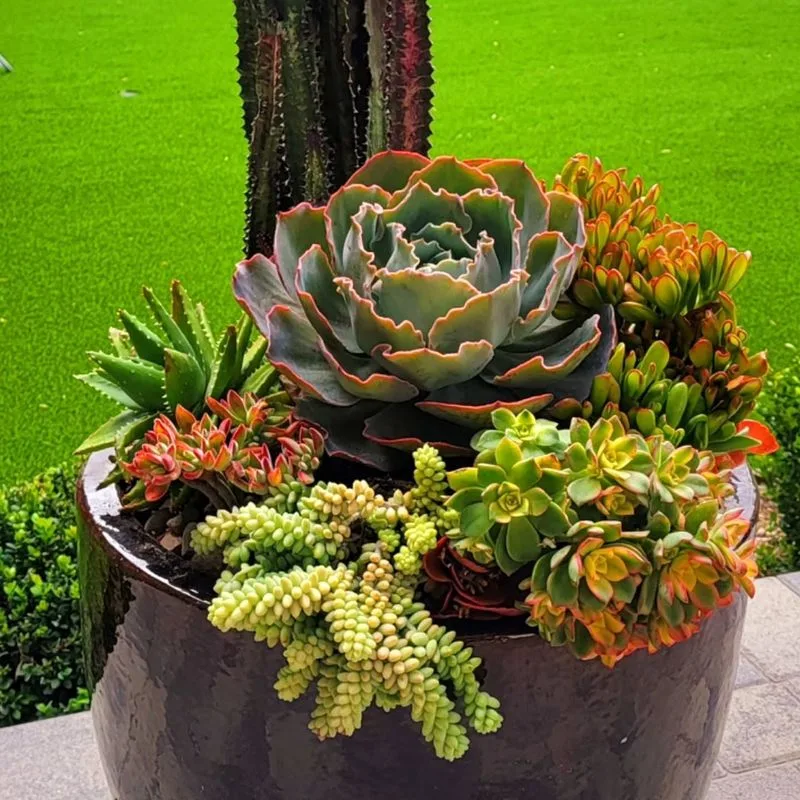
Succulents, renowned for their drought tolerance, suffer in prolonged wet conditions. Rainy summers overwhelm their water-storing leaves, leading to rot. These plants prefer arid environments with minimal rainfall. Originating from desert regions, succulents thrive in sun-drenched spots. While they’re low-maintenance, excess moisture poses a significant risk. For those in rainy areas, an indoor setup or a greenhouse might be better suited. If outdoors, ensuring excellent drainage is crucial. Succulents add intrigue with their varied shapes and textures, but require careful placement.
Cacti (Don’t thrive in rain)
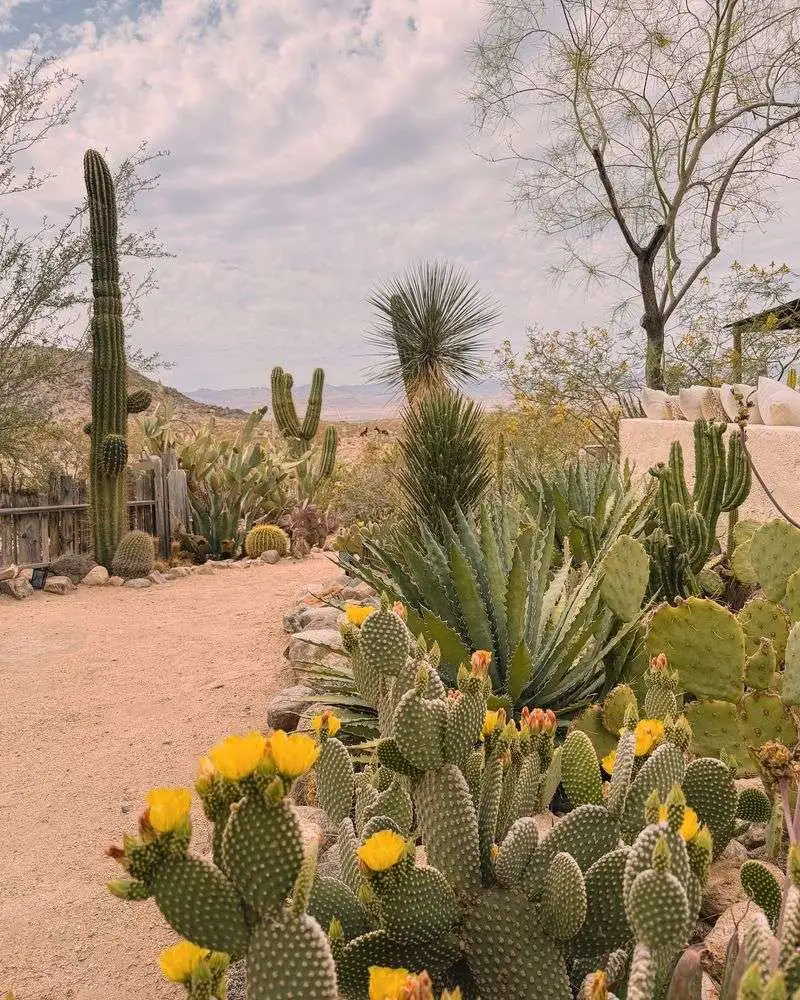
Cacti, iconic for their spiny exteriors, face challenges in wet climates. Rainy summers can lead to excess moisture, causing rot. These desert dwellers thrive in dry, sunlit conditions, where water conservation is key. Originating from arid regions, their survival strategy revolves around minimal water intake. In consistently rainy areas, gardeners must ensure well-draining soil. Pots with drainage holes can help prevent waterlogging. While cacti add a unique architectural element, their placement requires thoughtful consideration. Protecting them from excessive rain is vital for their longevity.
Thyme (Doesn’t thrive in rain)
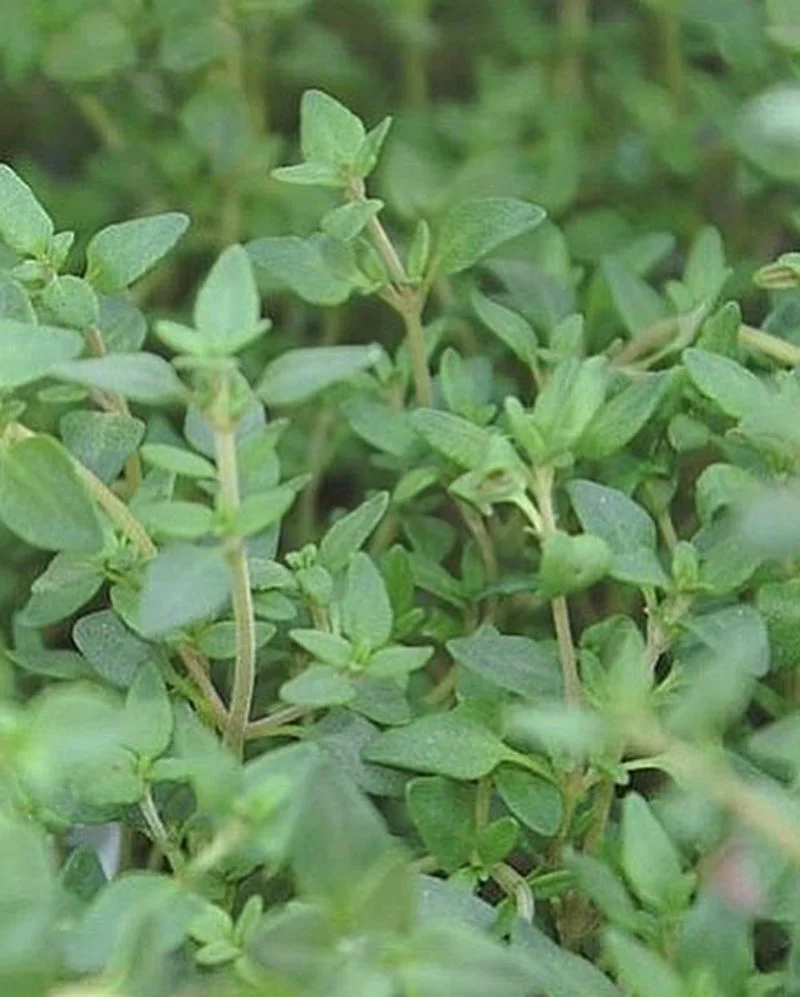
Thyme, a staple in herb gardens, prefers dry, sunny conditions. Rainy summers pose a challenge, as they thrive in well-drained soil. Excess moisture can lead to fungal issues, affecting their growth. Originating from the Mediterranean, thyme is accustomed to arid climates. Gardeners in wet areas need to ensure adequate drainage or consider container planting. Despite its hardy nature, thyme struggles with prolonged wetness. Raised beds or gravel mulch can help mitigate these effects. Known for its culinary uses, maintaining thyme in rainy climates requires careful attention.
Zinnias (Don’t thrive in rain)
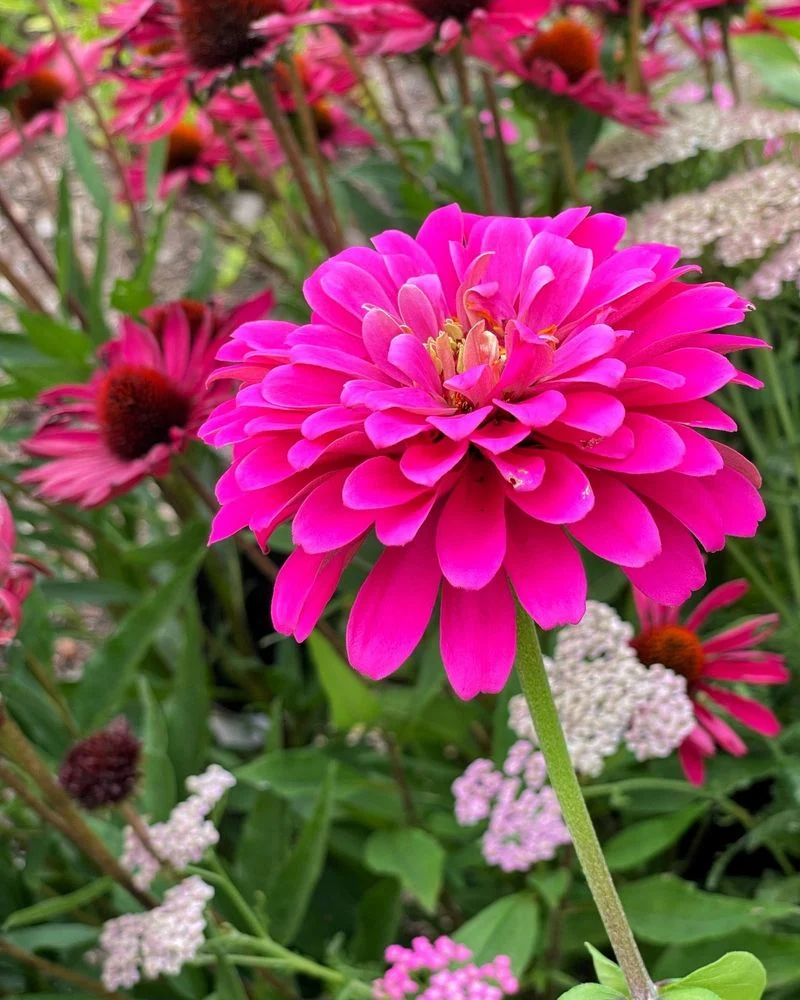
Zinnias, known for their bright, cheerful blooms, face difficulties in rainy summers. These annuals thrive in warm, dry conditions, preferring well-drained soil. Excess rain can lead to mildew and root issues, impacting their vigor. Native to Mexico, zinnias flourish under the sun’s rays. While they’re easy to grow, too much moisture poses challenges. Gardeners should consider raised beds or pots to avoid waterlogging. Zinnias’ vibrant colors make them a garden highlight, but they require careful monitoring in wet climates. Ensuring good air circulation helps maintain their health.

